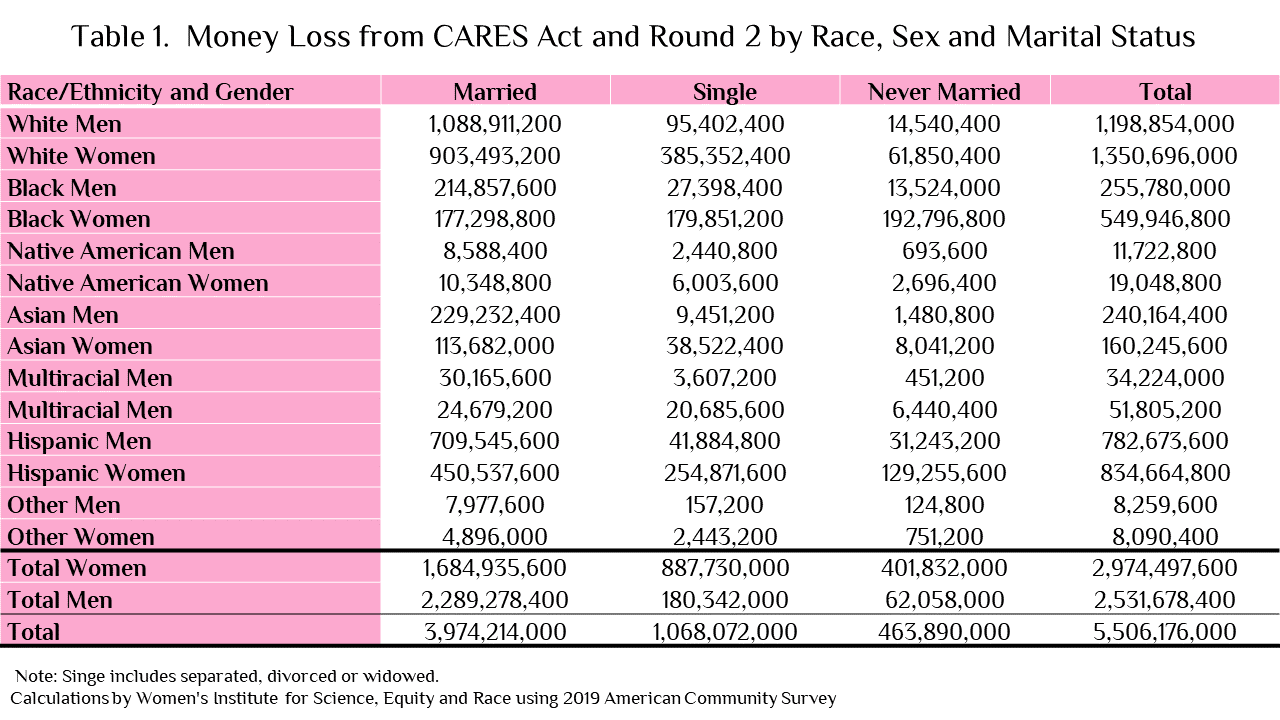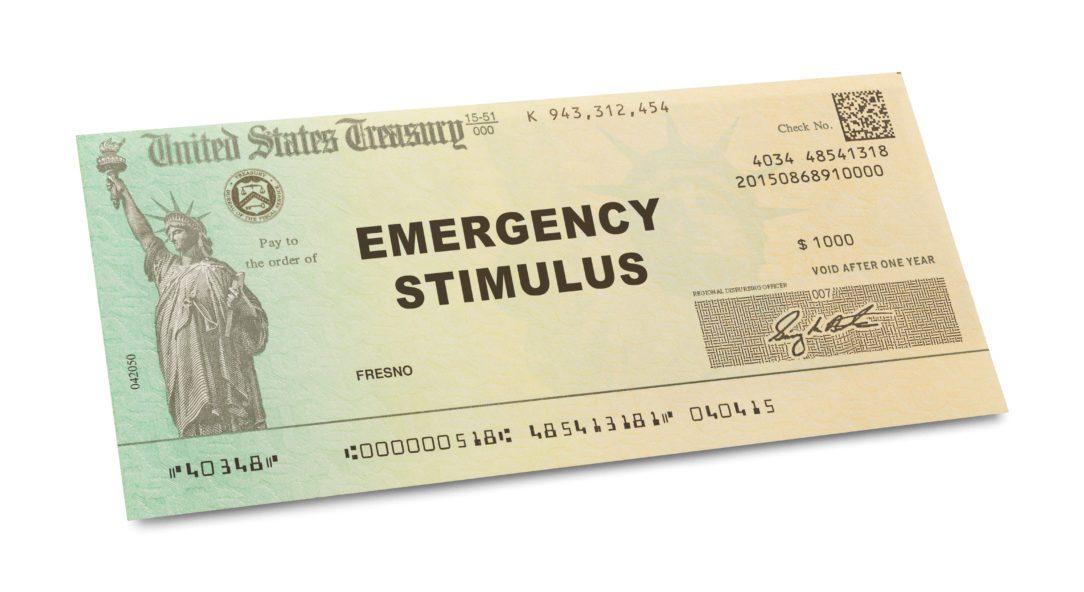Recently, discussion about the stimulus (relief) check has focused on income thresholds. Before I move on, let me first define a stimulus check versus a relief check. The purpose of a “stimulus check is to increase demand from consumers and grow the economy. A “relief check” is a subsidy to replace income lost due to poor economic conditions.
Claudia Sahm argues that the coronavirus pandemic requires both stimulus and relief payment (See page 3).
However, I am more concerned about the millions of dollars lost. In general, children over 16 do not qualify as dependents. Therefore, families with children over 16 did not receive payment for these children under the CARES Act or second stimulus payment. U.S. Senator Tammy Baldwin proposed the All Dependents Count Act, which would give credit for all dependent children. Her recommendation makes complete sense, given the number of dependent children living at home, especially given the number of colleges that are remote-learning.


It seems to me the way around this would have been to give checks to households with children under 26, similar to how the Affordable Care Act allows parents to insure children up to age 26.
The tables above are estimates for how much money families with children from 17 to 25 years of age, who live at home and are enrolled in school, have lost due to the age cut off.
The total loss to women due to not receiving a payment under the CARES Act and second stimulus check is about $2.97 billion (See Table 1). For single women, the money lost is greater than for single men. The total loss for Black women lost is more than twice the total loss for Black men.
If the third round of stimulus payments does not include these families, they will be denied another $6.4 billion in aid (See Table 2). To put this in context, the federal government’s total additional cost to include these families would be $11.93 billion.
If you are wondering what the average check would be per family, I did not calculate it. Why? Because “We are in this together” has been the slogan for the pandemic, I provided values for the loss to these communities and society as a whole.
That said, what could your community have done with the additional millions of dollars from the CARES Act and the second stimulus check? If these families were included in the next round of stimulus payments, what could they do with the millions of dollars?
Be well,
Rhonda


